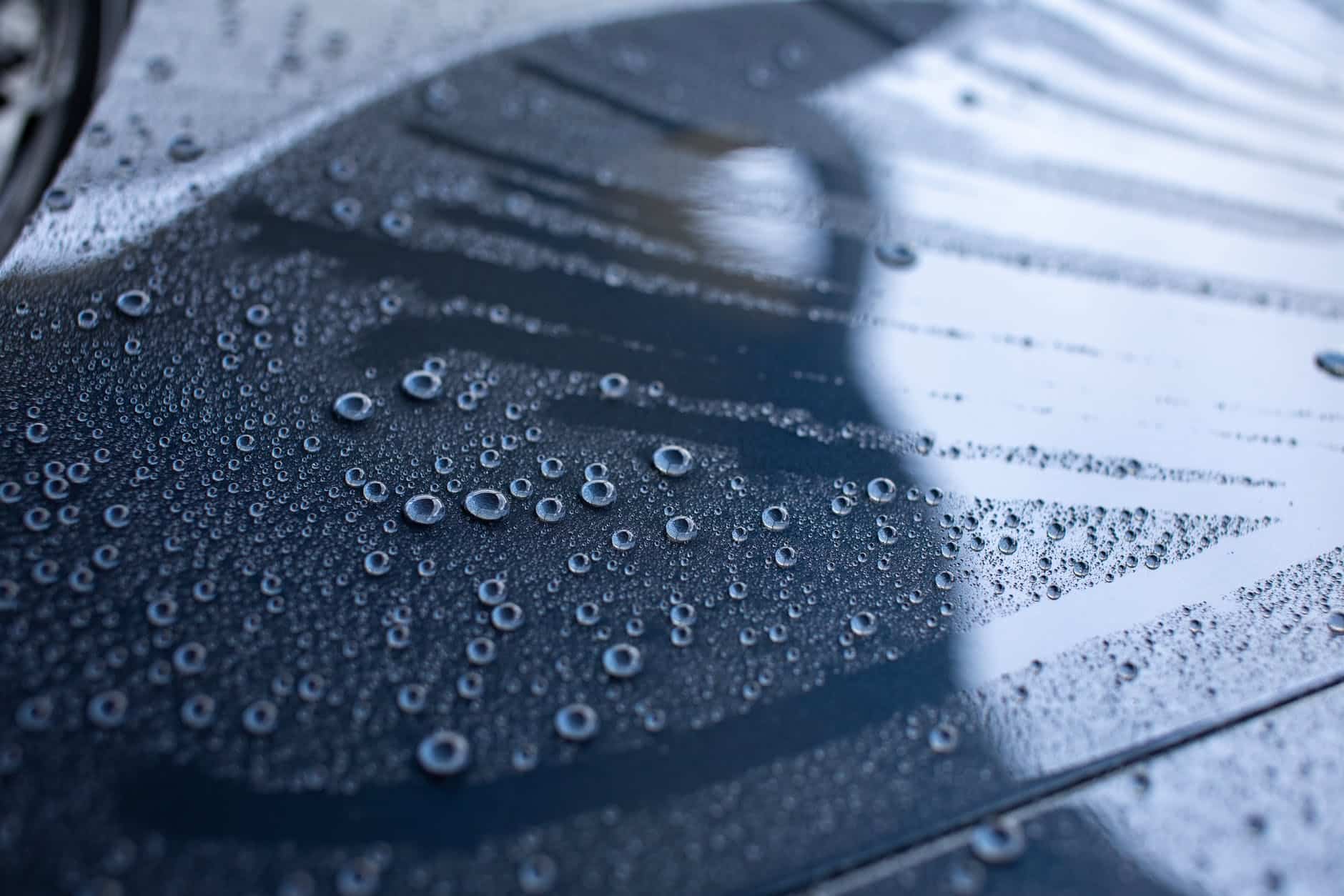The Basics of Surface Science: Nanoscale Chemistry & Physics
Surface science is a highly complex field that spans multiple disciplines and is related to the chemical and physical interactions that take place when two phases come together. These interfaces can be solid-vacuum, liquid-gas, solid-liquid, solid-gas, etc. This article will outline some of the basic elements of surface science and how it is used.

What is the Difference Between a Surface and an Interface?
The terms interface and surface are often used similarly, to outline the boundary across two dissimilar phases. However, there is a difference between the two with an interface being the border between two spatial regions taken up by materials in different states (such as the point that two solids or a liquid and a solid meet).
Surfaces are frequently defined as the interface between air/vacuum and matter. As such, surface sciences that are concerned with solid materials are frequently conducted under vacuum conditions.
Surface Science History
Surface science was first recognized as interlinking chemistry and physics in the 1970s, following research that helped develop an understanding of heterogeneous catalysis that led to further study of surface chemistry. This research led to the foundations of modern surface science.
However, surface science dates back further than this as without vacuum conditions it is extremely challenging to accurately study the chemistry and physics of solid surfaces. Low-energy electron diffraction was used for research on hydrogen adsorption in the 1920s.
Low-energy electron diffraction was originally not deemed suitable for surface science-related applications because it used a collimated beam of low-energy electrons. This beam then observed diffraction patterns and intensities of electrons reflected off surfaces. This means that LEED needed better vacuum methods to be academically viable.
Once the ability to access better vacuum methods was reached, the study of surface chemistry could continue and progress.
Surface Science and Nanoscale Physics and Chemistry
Surface science is a term that refers to a wide range of academic disciplines, spanning through real-world research as well as commercial industries. Researchers are continuously studying surface science under vacuum conditions to understand the characteristics of a range of materials. Surface science can offer insight into properties such as:
- Quantum phenomena
- Piezoelectricity
- Ferroelectricity
- Catalysis
- Tribology
- Electronic and optical
Understanding interfacial properties at a nanoscale level have offered an enhanced understanding of materials and technologies at the atomic level. This is instrumental in the production and development of thin-film structures, quantum computing, monomolecular materials, 2D materials, clean fuel cells, ecological processes, organic photovoltaics, and more.
The Bottom Line
When creating a new product, substrates are selected for a range of reasons such as weight, aesthetics, and performance. The design of parts has an impact on the bonded joint and as such, selecting an adhesive and understanding the chemistry of surface science is extremely important.